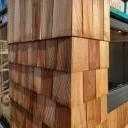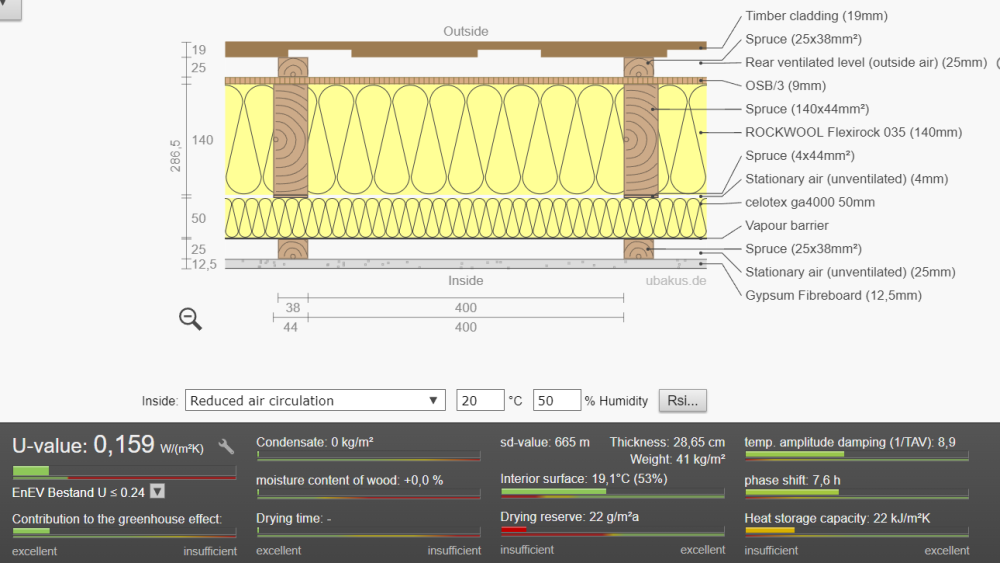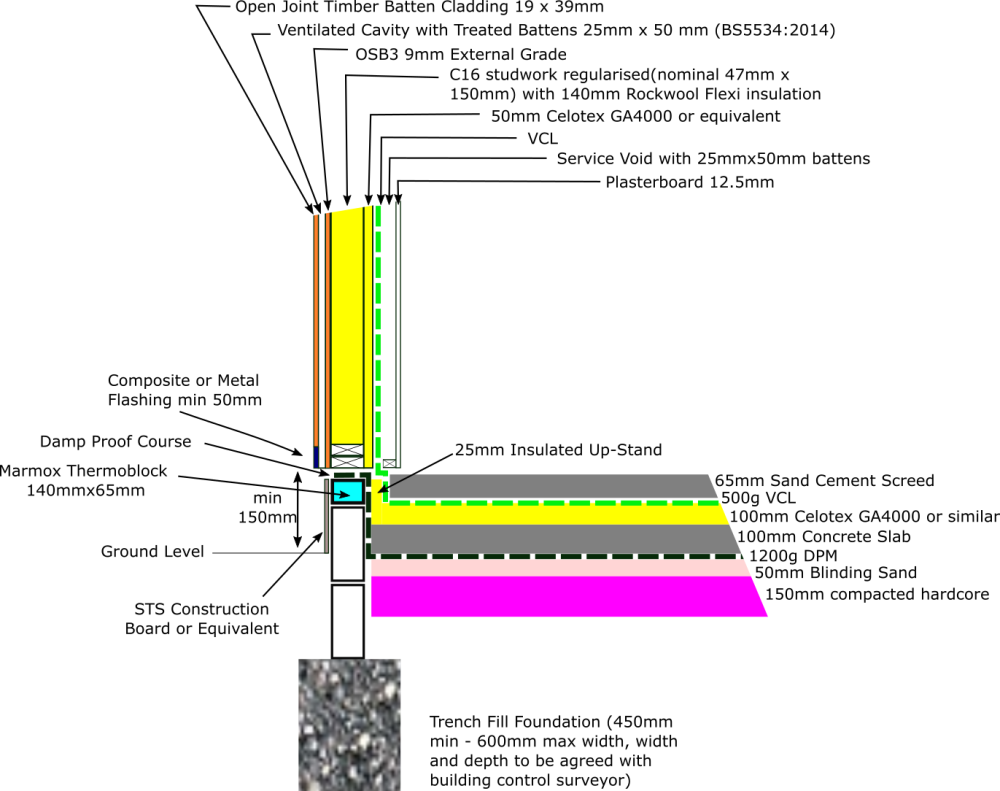-
Posts
26 -
Joined
-
Last visited
Personal Information
-
Location
East midlands
Recent Profile Visitors
The recent visitors block is disabled and is not being shown to other users.
JackOfNoTrades's Achievements

Member (3/5)
5
Reputation
-

Builder's upstand vs proprietary
JackOfNoTrades replied to JackOfNoTrades's topic in Skylights & Roof Windows
Actually just seen that they have a video of this application on their youtube channel. Seems remarkably quick. Did you have any pushback from your BCO about the Euroclass E fire rating on your roof? Or is it so small a percentage of the build that they are OK? Fair point. I think I have a few other areas in the build that might need the BCO's good will ... so I want to demonstrate I'm comfortably within their expectations everywhere I can. -

Builder's upstand vs proprietary
JackOfNoTrades replied to JackOfNoTrades's topic in Skylights & Roof Windows
Cheers for the suggestion. I'll take a look. Don't suppose you have any photos? No worries if not. I'm leaning towards non proprietary. Especially as I can build it ahead of time so during the build I can just install it with the same speed as proprietary. -
Hi all. I'm just choosing my rooflight and wondered what the consensus was on proprietary upstands vs builders upstands. As far as I can work out Proprietary Pros: - quick to install and get watertight - can easily demonstrate full u value to BCO Cons: -if you need to replace window in future you better hope they still sell that model - limited size options Builders upstand Pros: - custom size - future proof... If glass breaks the are many places you can get custom replacements from Cons: - Demonstrating overall u value harder - takes longer to get watertight roof Does anyone have any experience they could share on this ? Cheers.
-

Feedback on timber extension structure
JackOfNoTrades replied to JackOfNoTrades's topic in Timber Frame
Good point. And actually I don't really need that extra joist by the side of the wall, so I can extend the flying rafters to the next joist. It's only a 68mm extra overhand on that side, but it also removes the (unnecessary) weight of the extra joist on that wall. -

Feedback on timber extension structure
JackOfNoTrades replied to JackOfNoTrades's topic in Timber Frame
Fair point. I am now considering including 150mm insulation (costs and extra £130 for this build to beef it up) particularly because I need to lay some telescopic vents in that space to ventilate the suspended timber floor in that part of the old house. Doing 400 centres on this one. To be honest, I do prefer including noggins, even though I know at 400 the OSB should do the job, but it just doesn't feel right. I did noggins on my last build but here I am trying to reduce the amount of timber bridging because of the required size of jack studs elsewhere. I'm using VL on the boundary facing side (no access so once that wall's up I want it to be up and maintenance free until after I'm dead. A slither of it will be visible by the neighbour so I'll want it to look nice for them too). But then I'm using open slat Siberian Larch cladding on the rest of the build. I just like wood. Still working on this. The TRADA publication on it says that shot fired is most common method with masonry nails going at least 25mm into the blockwork - not comfortable with shooting nails into blockwork - and regardless I have the thermoblock in the way. Other options: Straps - pros: not going anywhere on a windy day. No penetration of DPC. Can extend below the thermoblock easily. Cons: at risk of corrosion externally? U-shape or L-shape anchor - Pros: can bolt deep down through marmox and into the blockwork. No penetration DPC. Cons: Would need long expanding bolts to get it through marmox and into the blockwork. The thickness of the anchor on top of thermoblock stops the surface from being 100% level for the sole plate. [EDIT - but could obviously use mortar to level it] Just bolt it through - Pros: simple, all self contained within wall. Cons: Need to squirt something down to seal the DPC. Bolts need to be long. Think I'm leaning towards anchors at the moment. Thanks for all your thoughts and comments. I really appreciate it loads. -

Feedback on timber extension structure
JackOfNoTrades replied to JackOfNoTrades's topic in Timber Frame
Well spotted that I didn't have that in the u calc I shared. I'm using open joint cladding so I'll need a UV resistant breather membrane. So I'm looking at TRASPIR EVO UV. Used tyvek on my other timber build just because it was the standard and was my first build. -

Feedback on timber extension structure
JackOfNoTrades replied to JackOfNoTrades's topic in Timber Frame
Hi Redbeard. Not going for underfloor heating here. Family member had a tradesman come and drill straight through underfloor heating after promising he wouldn't. I've stayed away from it ever since. Irrational I know ... but that's me. Using Celotex 100mm I'm getting 0.18 for the floor. (the required u-value for the extension) Using the same thickness of kooltherm k103 I get a pretty decent 0.15 ... although at a whopping 3 times the cost. EDIT - and upgrading to 150mm of Celotex would give 0.13 While I'm all for improving u values where necessary - particularly in a new build - I'm a little conflicted about spending much extra money on incremental improvements .... when the extension is attached to a building with solid brick walls with a u-value of 2.0. -

Feedback on timber extension structure
JackOfNoTrades replied to JackOfNoTrades's topic in Timber Frame
If I raise the height of the front wall by reducing the depth of the fully supported joist, I can have an uninterrupted top plate that spans the distance (highlighted in green). Still not perfect but potentially much more structurally sound. In this render I've hidden the front joist so you can see everything. And a side view to show the full depth joist next to the wall, and the shorter joist resting on top of the (higher) front wall. A little unconventional maybe, but could this have solved my problem of the lintel being too high? -

Feedback on timber extension structure
JackOfNoTrades replied to JackOfNoTrades's topic in Timber Frame
ubakus. It's pretty decent. -

Feedback on timber extension structure
JackOfNoTrades replied to JackOfNoTrades's topic in Timber Frame
Not yet. I'm pre submission (just about to send it all off in next few weeks). It should be fine though. The required u value for an extension wall is 0.18 This build up gives me 0.159 if I've done my sums correctly. -

Feedback on timber extension structure
JackOfNoTrades replied to JackOfNoTrades's topic in Timber Frame
This is what I'm using on the wall that faces the neighbour's extension. There's no access there so I need something that will need no maintenance and is nicely fire resistant. -

Feedback on timber extension structure
JackOfNoTrades replied to JackOfNoTrades's topic in Timber Frame
Good point. I assume you mean to the left of the bifolds. That part is a bit of a challenge - there is actually no fully binding top plate at the moment because of the shape of the ceiling. I've removed the joists in this image to show what that looks like. The current lintel is 75mm too high to sit under a top plate. I can't raise the top plate because a joist needs to sit on top of them .. unless I do have a higher wall and a thinner joist running along the top? -

Feedback on timber extension structure
JackOfNoTrades replied to JackOfNoTrades's topic in Timber Frame
Good point about the upstand matching at 50mm. Will look into that. Will also check out the switch form flexi to frame slab. Think I only defaulted to flexi because someone claimed it was easier to install. To be honest, I have made no decision about what to cover the STS with. I just know I don't want to be looking at breeze block and thermoblock. There's a strong chance I'll render it, but I was hoping to hold off on that decision until I'd seen the rest of the cladding on the building. A little worried to hear your flitch for a smaller span was similar. I'm really hoping it doesn't need to be much larger as it's already a pain. -

Feedback on timber extension structure
JackOfNoTrades replied to JackOfNoTrades's topic in Timber Frame
That's great to hear Stu. I had a go at designing the flitch beam but to be honest I'm not convinced I got the deadloads right. My estimate to put under the nose of the SE is Timber C24 47 × 195mm Steel S275 10 × 180mm Timber C24 47 × 195mm I'm hoping it wont need to be any deeper as it's already encroaching into that roof. Re thermal bridging - yes, I can have 50mm of PIR in front of all of those beams internally to help with that. I've got a continuous layer of PIR in my wall build up. (Included here for ref) -

Feedback on timber extension structure
JackOfNoTrades replied to JackOfNoTrades's topic in Timber Frame
3300mm Was originally going to be wider in the planning permission drawings, but it clashes with where I need the other support beam to be for the roof


.png.7f14d96bfe0e149686d840235101f1fc.png)

.png.04734c919b8f34a4cc7bb90c3529d724.png)
.png.500c6c0be6a436fbf0f30937cc858b33.png)



